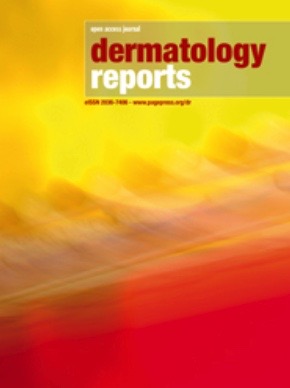Venous thromboembolism in bullous pemphigoid: current evidence and update on systematic review
All claims expressed in this article are solely those of the authors and do not necessarily represent those of their affiliated organizations, or those of the publisher, the editors and the reviewers. Any product that may be evaluated in this article or claim that may be made by its manufacturer is not guaranteed or endorsed by the publisher.
Authors
Various studies have shown that individuals with bullous pemphigoid (BP) are more likely to develop venous thromboembolism (VTE). However, it is important to acknowledge that these studies primarily focused on individuals in Western nations, which restricts their generalization to a wider demographic. The present systematic review aims to assess the cumulative risk of VTE in individuals with BP compared to healthy individuals. PubMed, Cochrane, and Scopus databases were searched for evidence-based research papers on BP and VTE. Eligibility criteria were based on the PICOS criteria. The Newcastle-Ottawa scale assessed methodological quality. After database searches, 115 studies meeting the inclusion criteria were identified. A manual inquiry yielded an additional 11 articles. After removing duplicates (n=54), 72 publications underwent title and abstract evaluation, resulting in the exclusion of 44 manuscripts. Consequently, the remaining full-text articles were thoroughly examined. Following full-text screening, 9 publications were included. The studies were conducted in Denmark, the USA, the UK, Taiwan, and Italy. The findings enhanced the generalizability of the correlation between VTE and BP. Individuals with systemic autoimmune diseases were found to have a 1.5 to 4 times higher likelihood of developing VTE. The analysis revealed that patients with pemphigus face a twofold higher risk of VTE, especially within the first few years after diagnosis. These results may enhance the recognition of pulmonary embolism in BP patients and motivate the prevention of secondary risk markers associated with VTE. Given the morbidity, VTE risk in BP patients warrants greater attention in public healthcare.
How to Cite

This work is licensed under a Creative Commons Attribution-NonCommercial 4.0 International License.








